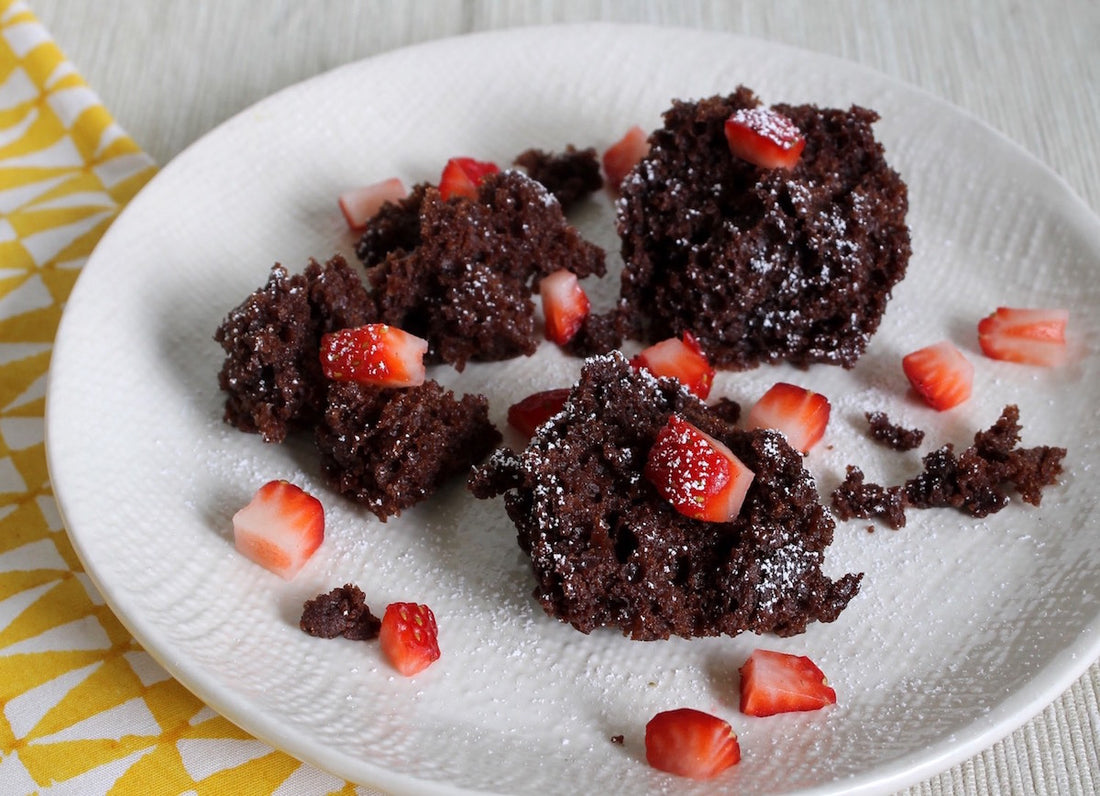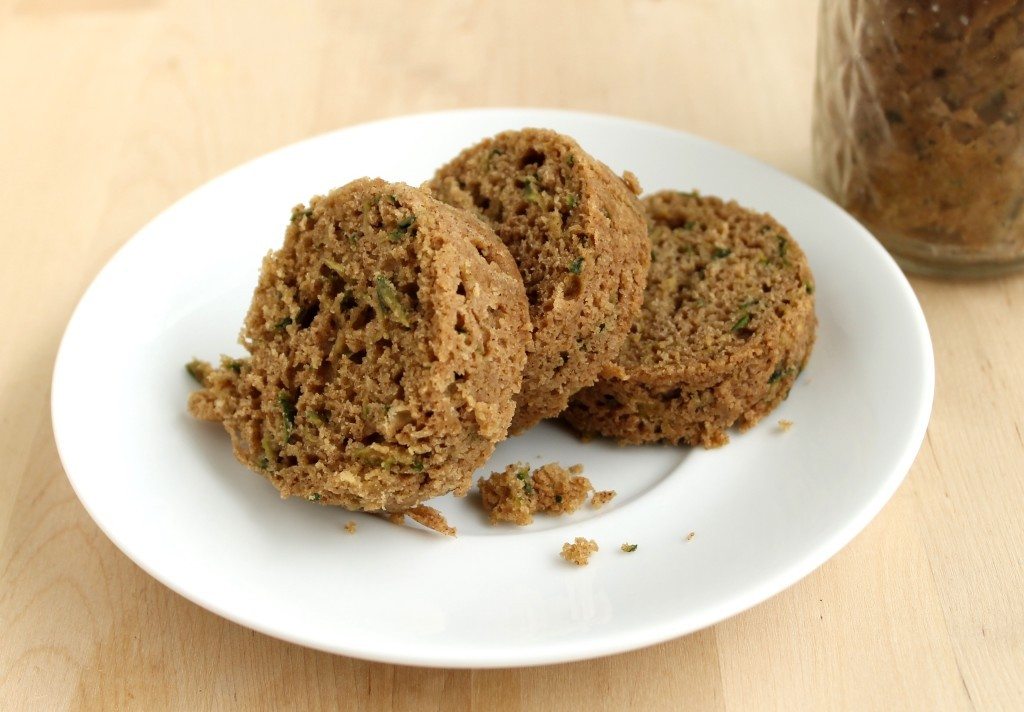5 Simple Sous Vide Baking Tips
1. Choose Your Recipe Wisely
Not just any cake or cookie recipe will cook properly in the Precision Cooker. Because the precision cooking method retains food's moisture, it isn't the most effective for cooking a super light and fluffy cake, like a sponge cake or angel food. Instead, consider cooking rich, moist cakes and quick breads. We are big fans of this moist chocolate cake and these cute Funfetti cupcakes. Zucchini bread (and its relatives banana sous vide bread and carrot cake) are also great choices. Our sous vide cake recipes use a little more flour and leaveners than their oven-baked counterparts — these additions make sure the cakes rise properly and keep their structure.
2. Use Sturdy Canning Jars with 2-Part Lids
 Here are a few tricks to help you get the best results when using canning jars:
Here are a few tricks to help you get the best results when using canning jars:
-
Get friendly with non-stick spray. In order to get your sous vide desserts out of the jars once they're cooked, you'll need a lot of grease. We think that non-stick oil spray is the easiest way to get into all the corners of the jar, but you can use butter if you'd prefer.
-
Don't fill the jars all the way. Remember: all of these desserts contain some kind of leavening agent, which means they'll expand as they cook. You definitely don't want to blow the lid (or break the jar) while the desserts are submerged in the water bath. A good rule of thumb is to fill the jars no more than halfway.
-
Screw the lids on "fingertip tight." Just like when you're using canning jars for, well, canning, you will need to allow for some air to escape while the desserts are cooking. Screw the bands on just until you start to feel resistance. This is tight enough to prevent water from seeping into the jars and will allow for air to escape.
- You can re-use the jars, lids, and bands — to a point. The glass jars are good for infinite re-use. The lids and bands, however, will need to be replaced after a few uses. We've noticed that they can get a little bent out of shape after a few rounds in the water bath.
3. Get the Water Hot — and Keep an Eye on It

4. Don't Worry About Submerging Jars

5. Get Creative with Plating
There's no denying it — the results from sous vide baking look different than you may expect. But they're still delicious! Have fun with it and get creative with plating. Here are some of our favorite ways to serve our sous vide desserts:-
Slice into rounds: This is your best option for cookies and brownies. To get round, even slices, we recommend first cooling the cake or cookie to room temperature while still in the jar. Carefully run a knife around the edges of the jar and tap on the bottom to release. You can slice the cake or cookie now, but we find them easiest to slice when cold. Transfer to the refrigerator for at least an hour before slicing with a super sharp knife. You can also use this technique to slice cakes into individual cupcakes, like we have done in our Funfetti cupcake recipe.
-
Straight out of the jar: Here's your easiest option. Serve cakes and cookies warm while still in their jars. Top with whipped cream or ice cream for an even more decadent treat.
- Tear into abstract shapes: Channel your inner pastry chef and plate your cake like a four-star restaurant. Let the cakes cool to room temperature in the jars and carefully remove them as above. Next, get in their with your hands and pull the cake into rough boulder-shaped pieces. Plate with a sauce, fresh fruit, or simply sprinkle with powdered sugar.





